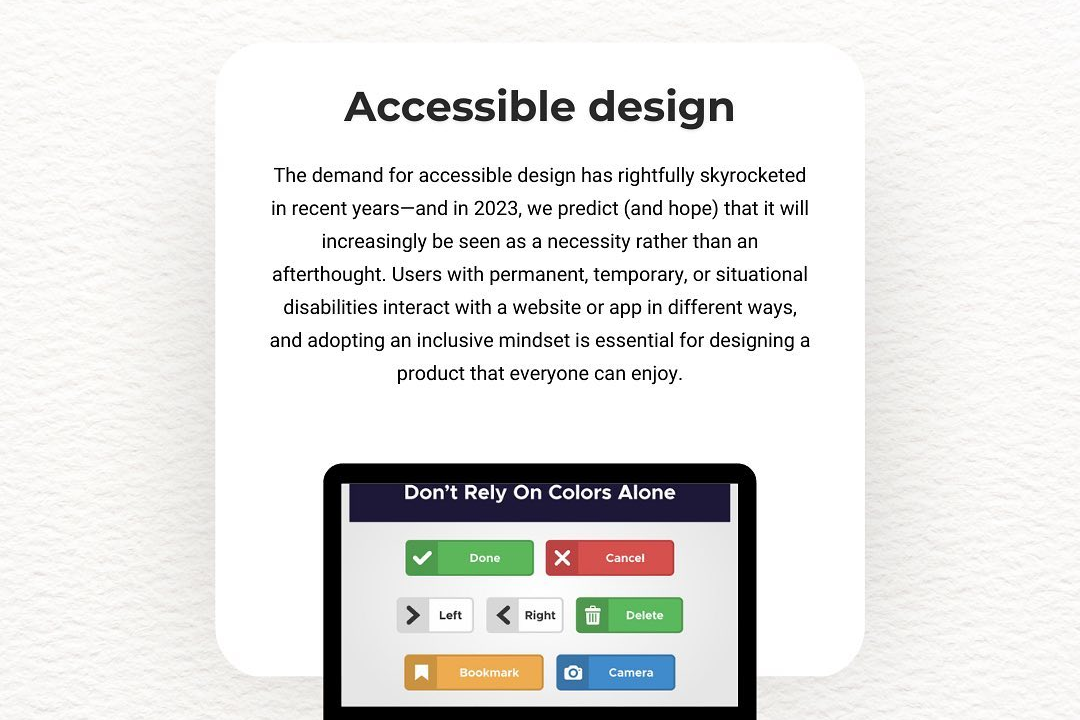Django Interview Questions And Answers
Django Interview Q&A
Django Interview Questions and Answers are a set of commonly asked questions and their corresponding answers, designed to assess a candidate's knowledge and understanding of the Django web framework. These questions cover a wide range of topics such as model-view-template architecture, object-relational mapping, and URL routing. By asking these questions, the interviewer aims to evaluate the candidate's proficiency in Django, their problem-solving skills, and their ability to apply Django concepts in real-world scenarios. These interview questions serve as a valuable resource for both job seekers preparing for Django interviews and hiring managers looking to find the right fit for their organization.
To Download Our Brochure: https://www.justacademy.co/download-brochure-for-free
Message us for more information: +91 9987184296
1 - What is Django?
Django is a high level, open source web framework written in Python. It follows the Model Template View (MTV) architectural pattern and is designed to simplify the process of creating complex web applications.
2) What are the key features of Django?
Some of the key features of Django include URL routing, built in authentication and user management, database migrations, template engine, and a powerful ORM for database operations.
3) What is the difference between a project and an app in Django?
A Django project is a collection of settings, URLs, templates, and other code files that make up a web application. An app, on the other hand, is a modular component that performs a specific functionality within a project, such as user authentication or blog posts.
4) What is the role of models in Django?
Models in Django are used to define the structure and behavior of data in a database. They act as a bridge between the application and the database, allowing developers to interact with the database using Python objects.
5) How does URL routing work in Django?
URL routing is handled by the URLconf (URL configuration) module in Django. It maps URL patterns to view functions or methods, which handle the logic and generate a response to be sent back to the client.
6) Explain Django's Admin Interface.
Django's Admin Interface is a built in tool that allows developers to manage data models and perform CRUD (Create, Read, Update, Delete) operations without writing any code. It provides a user friendly interface for managing site content.
7) What is the significance of Middleware in Django?
Middleware is a component in the Django request response cycle that allows developers to perform additional operations on the incoming request or outgoing response. It can be used for authentication, caching, and other cross cutting concerns.
8) How does Django handle database migrations?
Django uses a built in database migration system called “django.db.migrations” to handle changes in the database structure. Developers can create, apply, or revert migrations using the “migrate” command.
9) What is the purpose of templates in Django?
Templates in Django are used to generate dynamic HTML pages by combining data from the database and logic written in views. They provide a clean separation between presentation and business logic.
10) How does Django handle user authentication?
Django provides a robust user authentication system, which includes features like login, logout, password reset, user permissions, and more. It uses a secure token based system for user authentication.
11) How can you secure sensitive information in Django?
Sensitive information such as database credentials, API keys, and passwords can be stored in a separate configuration file and excluded from version control. Django also provides a secure “settings_secret” file for storing sensitive settings.
12) What is the role of “django admin” and “django admin.py”?
“django admin” is a command line utility used for administering Django projects, such as creating new projects, managing apps, and running development servers. “django admin.py” is the actual executable script used to run these commands.
13) Explain the differences between “get” and “filter” in a queryset.
To Download Our Brochure: Click Here
Message us for more information: +91 9987184296
“get” is used to retrieve a single object from a queryset based on the given filter parameters, while “filter” can return multiple objects that match the given filters. Additionally, “get” raises an exception if no object is found, whereas “filter” returns an empty queryset.
14) What are signals in Django?
Signals are a pub sub mechanism used in Django to trigger custom code when certain actions occur, such as when a model instance is saved, deleted, or logged in. It allows for decoupling of components and simplifies the process of extending or customizing Django's built in functionalities.
15) How does Django handle caching?
Django has built in support for various types of caching, including file based, database, and memory caching. It helps to improve website performance by storing frequently used data in a cache, reducing the need for database queries.
Browse our course links : https://www.justacademy.co/all-courses
To Join our FREE DEMO Session: Click Here
Contact Us for more info:
- Message us on Whatsapp: +91 9987184296
- Email id: info@justacademy.co
Java Full Stack Developer Interview Questions For Freshers
Bootstrap Interview Questions Githubhttps://justacademy.co/blog-detail/bootstrap-interview-questions-github
React Js Practical Interview Questions












